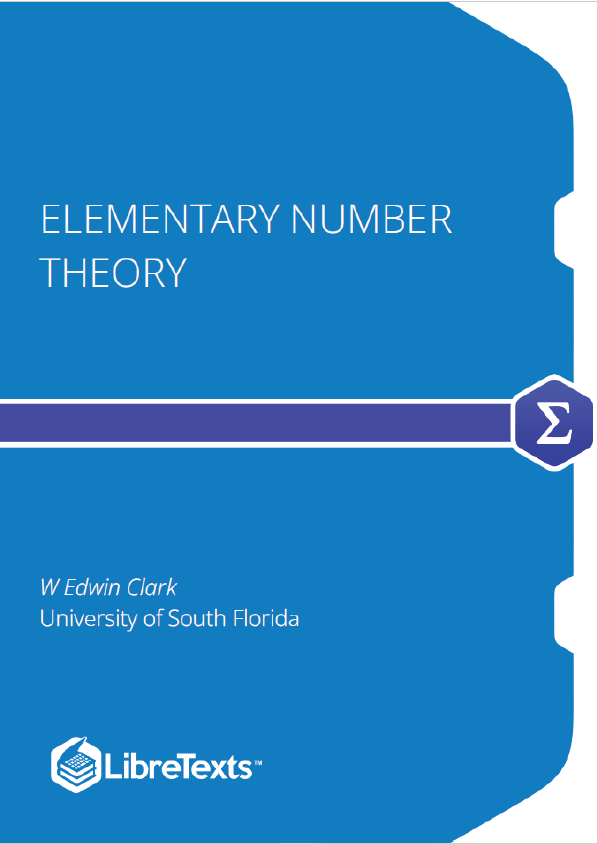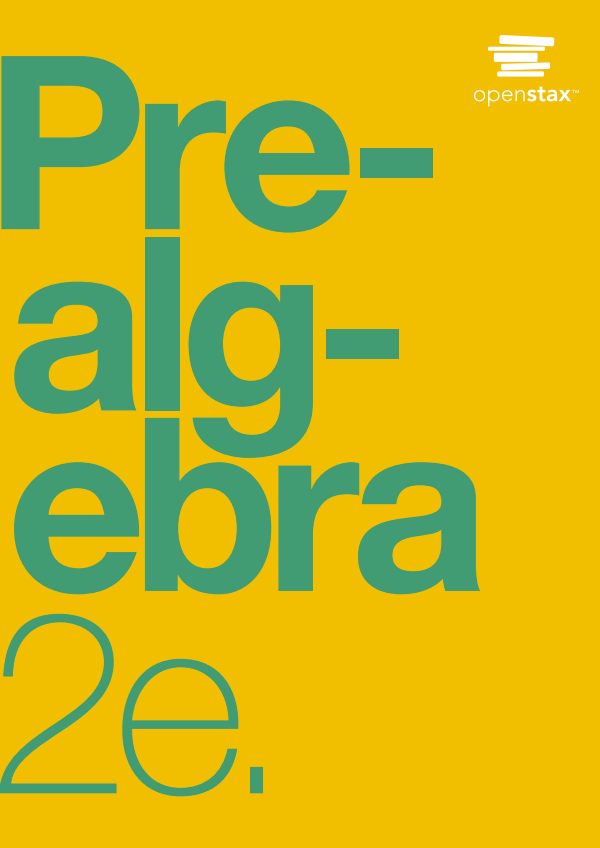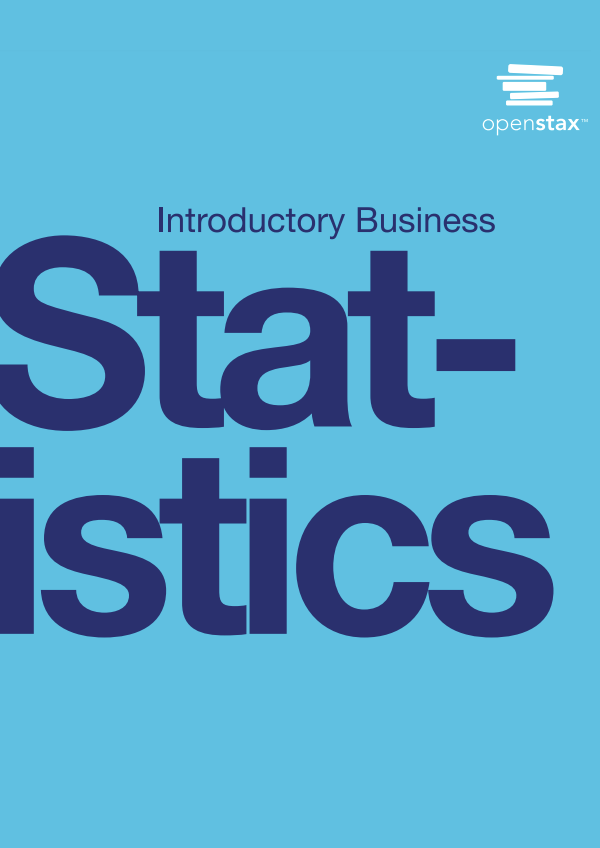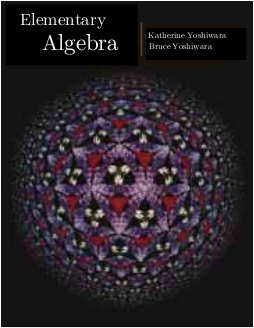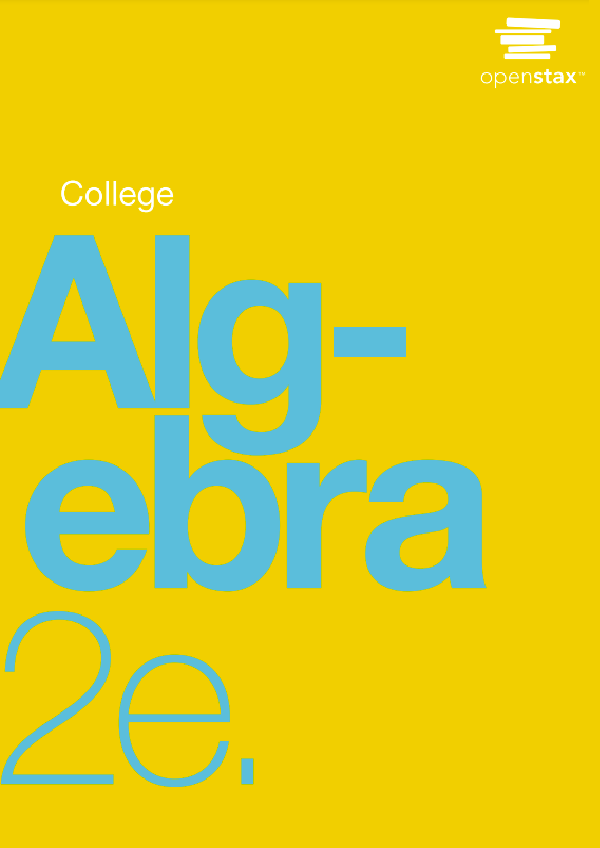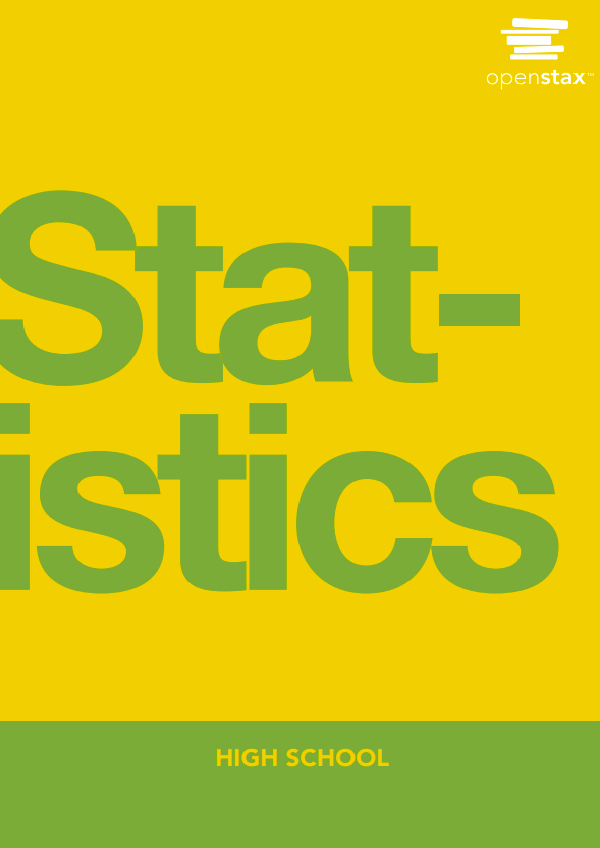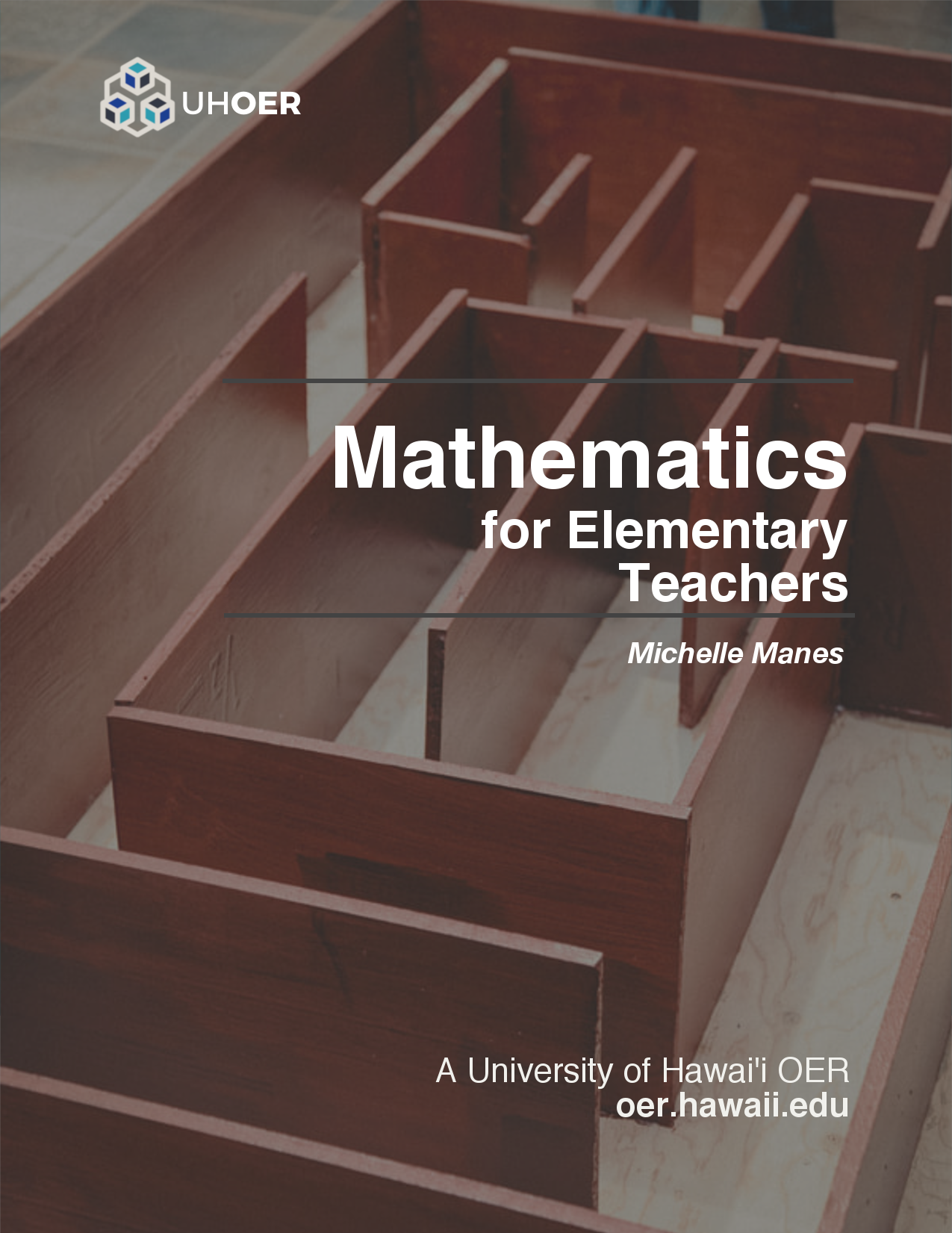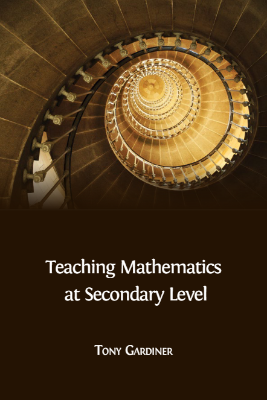At first blush one might think that of all areas of mathematics certainly arithmetic should be the simplest, but it is a surprisingly deep subject. We assume that students have some familiarity with basic set theory, and calculus. But very little of this nature will be needed. To a great extent the book is self-contained. It requires only a certain amount of mathematical maturity. And, hopefully, the student’s level of mathematical maturity will increase as the course progresses.
At first blush one might think that of all areas of mathematics certainly arithmetic should be the simplest, but it is a surprisingly deep subject.
We assume that students have some familiarity with basic set theory, and calculus. But very little of this nature will be needed. To a great extent the book is self-contained. It requires only a certain amount of mathematical maturity. And, hopefully, the student’s level of mathematical maturity will increase as the course progresses.
Before the course is over students will be introduced to the symbolic programming language Maple which is an excellent tool for exploring number theoretic questions.
If you wish to see other books on number theory, take a look in the QA 241 area of the stacks in our library. One may also obtain much interesting and current information about number theory from the internet. See particularly the websites listed in the Bibliography. The websites by Chris Caldwell and by Eric Weisstein are especially recommended. To see what is going on at the frontier of the subject, you may take a look at some recent issues of the Journal of Number Theory which you will find in our library.
Here are some examples of outstanding unsolved problems in number theory. Some of these will be discussed in this course. A solution to any one of these problems would make you quite famous (at least among mathematicians). Many of these problems concern prime numbers. A prime number is an integer greater than 1 whose only positive factors are 1 and the integer itself.
Famous Quotations Related to Number Theory
Two quotations from G. H. Hardy: In the first quotation Hardy is speaking of the famous Indian mathematician Ramanujan. This is the source of the often made statement that Ramanujan knew each integer personally.
Proof by Induction
In this section, I list a number of statements that can be proved by use of The Principle of Mathematical Induction. I will refer to this principle as PMI or, simply, induction. A sample proof is given below. The rest will be given in class hopefully by students.
A Sample Proof using Induction:
I will give two versions of this proof. In the first proof I explain in detail how one uses the PMI. The second proof is less pedagogical and is the type of proof I expect students to construct. I call the statement I want to prove a proposition. It might also be called a theorem, lemma or corollary depending on the situation.
